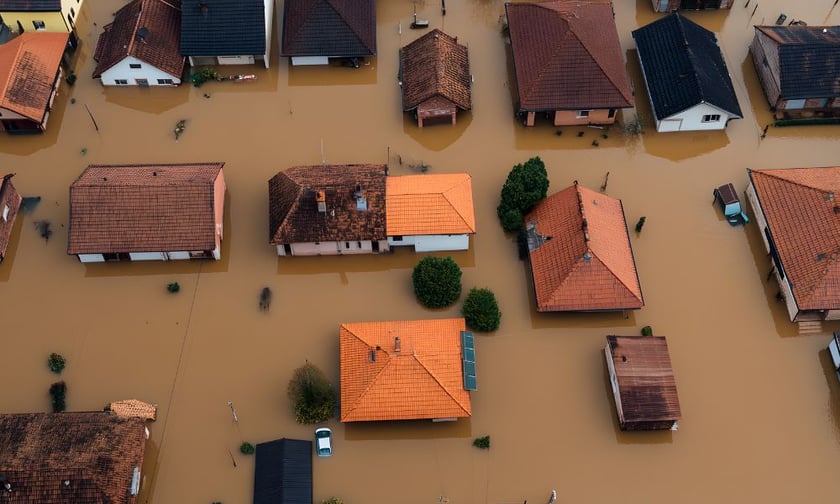

As New Zealand’s Category 3 buyout program approaches its final stages, some homeowners in the cyclone-hit Hawke’s Bay region have opted to stay on their properties, despite heightened risks and a rise in looting incidents.
Nearly two years after Cyclone Gabrielle ravaged parts of the North Island in February 2023, a few property owners are resisting the government’s voluntary buyout offers, citing limited housing options and personal attachment to their homes, but the decision to stay has come with significant challenges.
The Category 3 buyout program, implemented by the central government and overseen locally by the Hawke’s Bay Regional Council (HBRC) and Hastings District Council, was designed to help residents in high-risk flood zones relocate to safer areas.
Properties categorised as Category 3 are considered to present an “intolerable” risk to residents in the event of future flooding.
According to the Local Democracy Reporter (LDR), among the few homeowners who have declined the buyout are Mike and Sue Brown, who live in the rural settlement of Pākōwhai.
Their home was inundated during Cyclone Gabrielle, and while it was later refurbished, it remains vulnerable in the event of another severe weather event.
“Nearing retirement with a small mortgage, we planned to stay here for another 10 years, then sell up and downsize leaving us with money in the bank,” Sue said, as reported by LDR.
The Browns report that without insurance, securing their future in the property is a challenge.
Beyond insurance limitations, the Browns and others remaining in the area report a significant increase in looting and other security concerns. Sue said looters have been emboldened by the now-empty properties around them.
In response, the Hastings District Council has noted a series of measures to improve safety in affected areas.
A council spokesperson explained that CCTV cameras have been installed in Pākōwhai and are monitored in collaboration with police to address security concerns. The spokesperson added that making Category 3 maps publicly available was required under government transparency policies but is not intended to compromise security.
Meanwhile, many homeowners have opted to accept the buyout rather than face the limitations of staying without insurance.
Ruth Spittle, who recently left her Gilligan Road property, said the decision was painful but necessary. She explained that without insurance, staying did not make financial sense.
“We are at the end of our working lives. If we chose to stay and rebuild, there would be no insurance. Although we could stay and live on the land, we couldn’t afford to buy another house and refurbish our home in Pākōwhai,” she said, adding that other longtime residents in her area faced similar financial and personal challenges.
The Category 3 designation was part of a broader government initiative led by HBRC to mitigate flood risks for residents in vulnerable zones following the impact of Cyclone Gabrielle.
According to catastrophe data provider PERILS, the cyclone resulted in final insurance market losses of NZ$2.17 billion, up from initial estimates. This total highlights the financial impact of Cyclone Gabrielle across New Zealand’s North Island as councils and communities continue to recover and implement resilience measures.
